Marketing Automation for SaaS: Drive User Acquisition
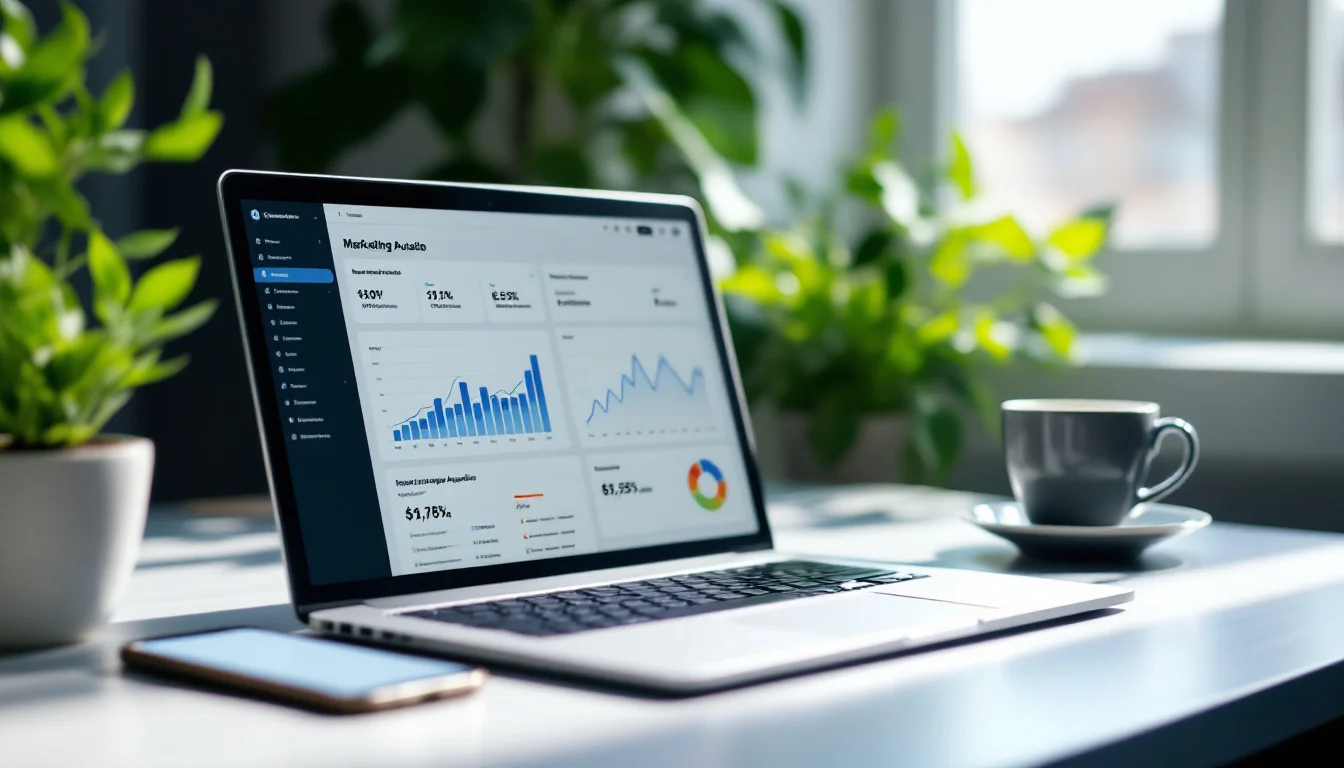
At Drop Cowboy, we’ve seen firsthand how marketing automation for SaaS can revolutionize user acquisition strategies.
In this blog post, we’ll explore the power of automation in driving growth for software-as-a-service businesses.
We’ll cover key strategies, implementation tips, and ways to measure success in your SaaS marketing automation efforts.
What Is SaaS Marketing Automation?
Defining SaaS Marketing Automation
SaaS marketing automation transforms how software-as-a-service companies acquire users. It uses software to streamline and automate marketing tasks, which allows teams to focus on strategy and creativity. For SaaS businesses, this translates to more efficient lead generation, nurturing, and conversion processes.
The Impact of Automation in SaaS Marketing
Automation isn’t just a trendy tool-it’s a necessity in today’s competitive SaaS landscape. A study by Emailmonday reveals that 51% of companies currently use marketing automation, with adoption rates rising yearly. The reason is clear: it delivers results. Nucleus Research reports that businesses using marketing automation see a 14.5% increase in sales productivity and a 12.2% reduction in marketing overhead.
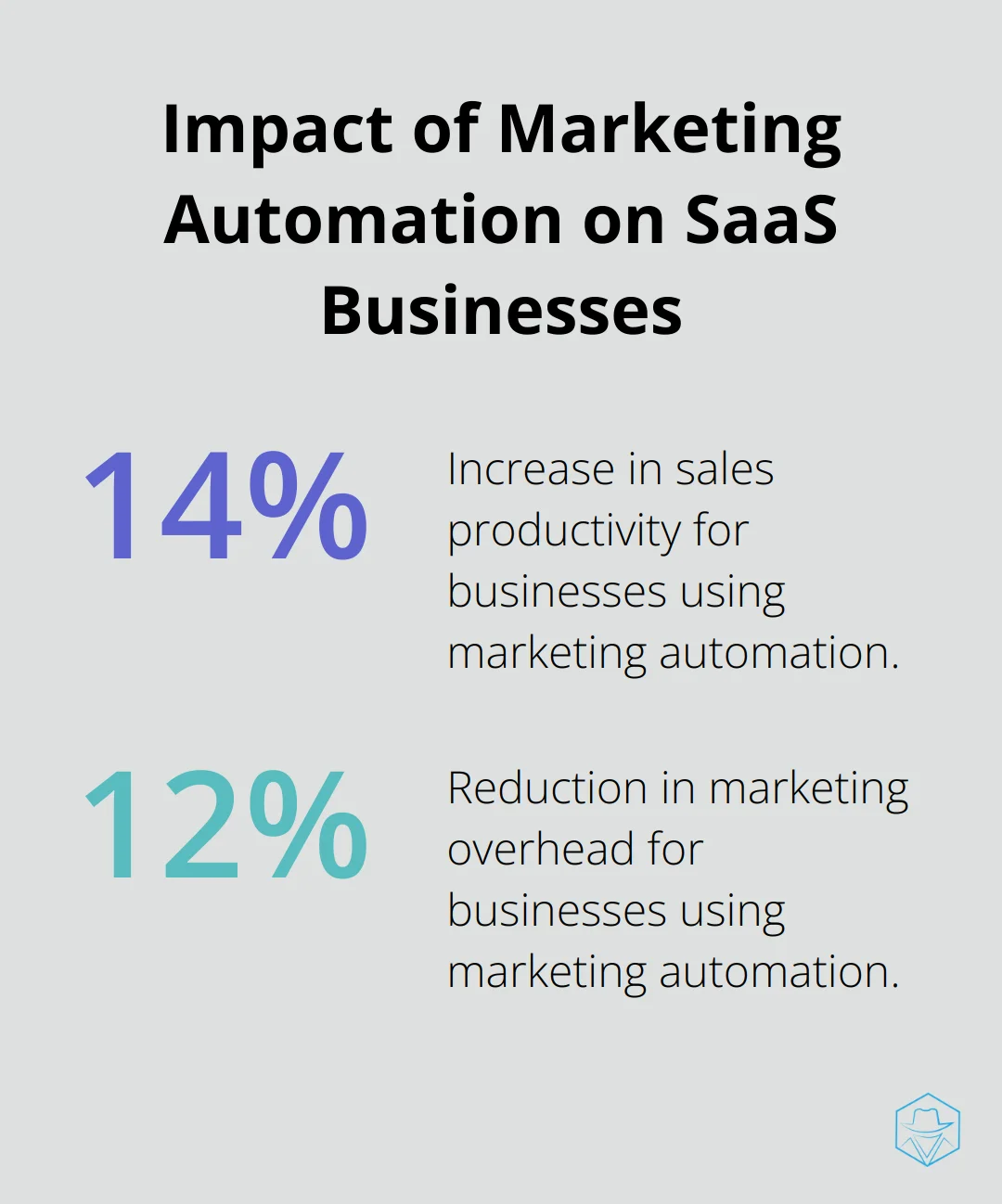
Key Components of Effective SaaS Marketing Automation
To maximize the potential of marketing automation, SaaS companies should focus on these key components:
- Lead Scoring: This component automatically ranks and qualifies leads based on their interactions with your brand.
- Email Marketing: It sets up triggered emails based on user behavior or specific time intervals.
- Social Media Management: This feature schedules posts and tracks engagement across platforms.
- Analytics and Reporting: It gathers data on campaign performance for continuous improvement.
Driving User Acquisition Through Automation
Automation powers user acquisition in the SaaS industry through several strategies:
- Personalized Outreach: Data helps tailor messages to specific user segments. Experian reports that personalized emails deliver 6x higher transaction rates.
- Timely Follow-ups: Automated follow-up messages reach leads who’ve shown interest. Forrester Research states that companies excelling at lead nurturing generate 50% more sales-ready leads at 33% lower cost.
- A/B Testing at Scale: Automated testing of different marketing materials optimizes performance. Invesp finds that companies using A/B testing are 2x more likely to see a rise in conversion rates.
- Consistent Omnichannel Presence: Automation maintains a consistent brand message across all channels. Aberdeen Group reports that businesses with strong omnichannel customer engagement retain on average 89% of their customers (compared to 33% for companies with weak engagement).
These strategies significantly boost SaaS user acquisition efforts. The goal of marketing automation isn’t to replace human creativity and strategy, but to enhance it by freeing up time and resources for more high-level tasks.
As we move forward, we’ll explore how to implement these automation strategies effectively in your SaaS marketing efforts. The next section will provide practical tips and best practices for leveraging automation to drive user acquisition and growth.
How to Implement SaaS Marketing Automation
Master Email Automation
Email remains a powerhouse for lead nurturing in SaaS. Segment your email list based on user behavior, preferences, and stage in the customer journey. Create targeted drip campaigns for each segment. New trial users might receive a series of onboarding emails, while long-term customers get product update notifications and exclusive offers.
Mailchimp reports that segmented campaigns can lead to a 14.31% higher open rate and a 100.95% higher click-through rate compared to non-segmented campaigns. These numbers highlight the importance of tailoring your message to specific audience segments.
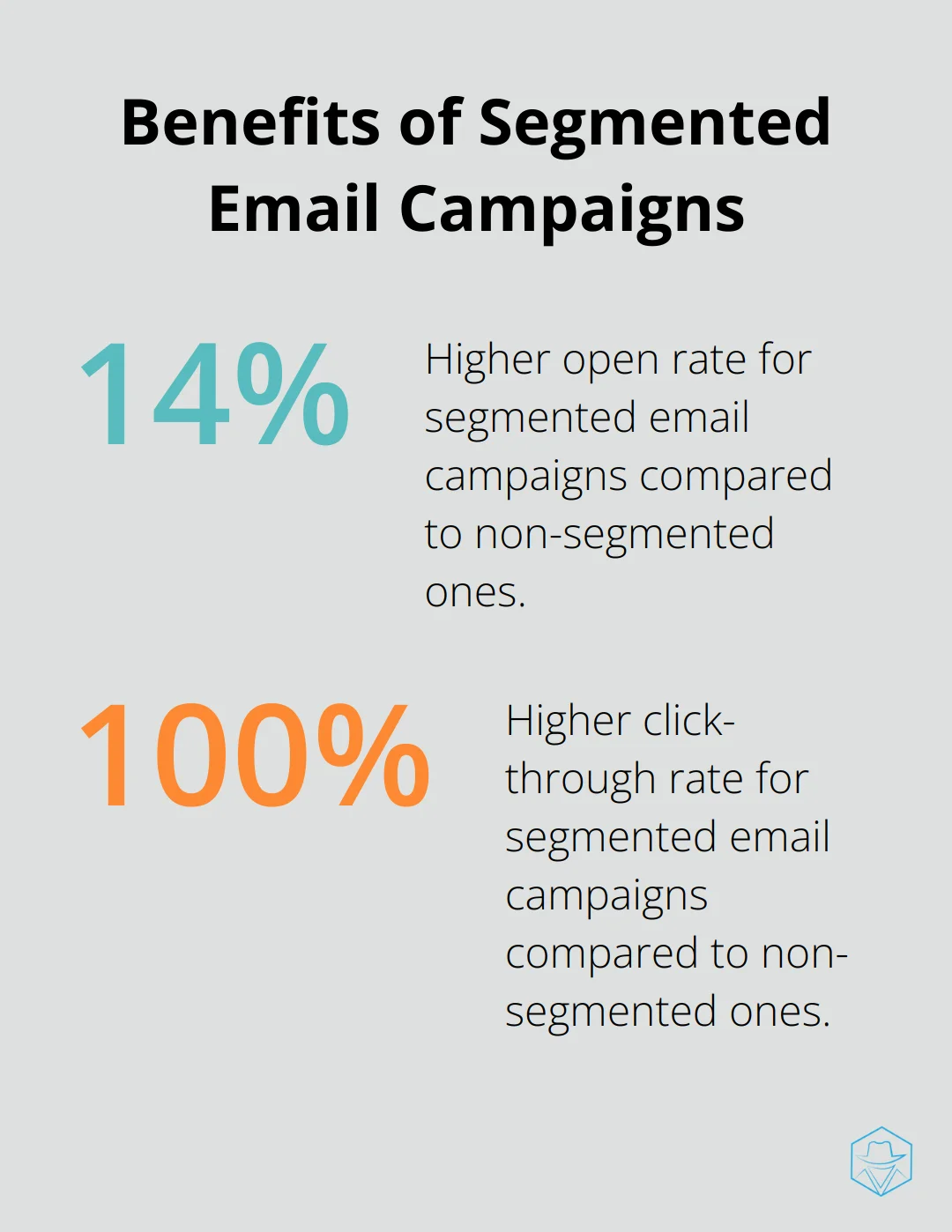
Set up triggered emails based on user actions. Welcome emails, abandoned cart reminders, and re-engagement campaigns can all reach users at the right moment. According to Experian, welcome emails generate 320% more revenue per email than other promotional emails.
Leverage Social Media Automation
Social media automation extends beyond scheduling posts. Use tools to monitor brand mentions, track competitor activity, and engage with your audience automatically. You can set up automated responses to common customer queries on Twitter or Facebook.
HubSpot found that companies using social media marketing automation increased their number of qualified leads by 451%. This statistic underscores the potential of social automation for lead generation.
However, automation shouldn’t replace genuine interaction. Use it to streamline repetitive tasks, allowing your team to focus on creating meaningful connections with your audience.
Streamline Content Marketing
Content marketing automation can help maintain a consistent brand message across all channels. Use tools to plan, create, and distribute content efficiently. You can automate content curation, social media sharing, and even parts of the content creation process using AI-powered tools.
According to the Content Marketing Institute, 78% of the most successful B2B content marketers use content creation/collaboration/workflow technologies. This shows how important automation has become in content marketing strategies.
Implement a content calendar tool that automatically schedules and publishes blog posts, social media updates, and email newsletters. This ensures a steady stream of content without overwhelming your marketing team.
Personalize the User Experience
Personalization is key in SaaS marketing. Use data from your CRM and marketing automation tools to create highly targeted campaigns. This could include personalizing website content based on user behavior, sending product recommendations based on usage patterns, or adjusting email frequency based on engagement levels.
Epsilon research shows that 80% of consumers are more likely to make a purchase when brands offer personalized experiences. This statistic emphasizes the importance of tailoring your marketing efforts to individual users.
Personalized voicemail campaigns (using technologies like Drop Cowboy’s Mimic AI™) allow businesses to send personalized voice messages at scale, significantly boosting engagement rates.
The goal of marketing automation isn’t to remove the human element from your marketing efforts. It’s about using technology to enhance your team’s capabilities, allowing them to focus on strategy and creativity while automating repetitive tasks.
Now that we’ve covered implementation strategies, let’s explore how to measure the success of your SaaS marketing automation efforts and optimize them for maximum impact.
How to Measure and Optimize Your SaaS Marketing Automation
Track Key Performance Indicators
To evaluate the effectiveness of your marketing automation, focus on these essential KPIs:
- Conversion Rate: This metric shows the percentage of leads that become paying customers. A study by Invesp found that companies with strong marketing automation see a 53% higher conversion rate than non-users.
- Customer Acquisition Cost (CAC): This measures how much you spend to acquire each new customer. The 2023 SaaS Industry Benchmark Report by OpenView Partners revealed that the median CAC for SaaS companies is $1.68.
- Customer Lifetime Value (CLV): This predicts the total revenue a business can expect from a single customer account. A high CLV-to-CAC ratio indicates a healthy, sustainable business model.
- Churn Rate: This shows the percentage of customers who cancel their subscription within a given time period. According to ProfitWell, the average annual churn rate for SaaS companies is 5-7%.
- Email Engagement Metrics: These include open rates, click-through rates, and unsubscribe rates. Campaign Monitor reports that the average email open rate for SaaS companies is 21.5%.
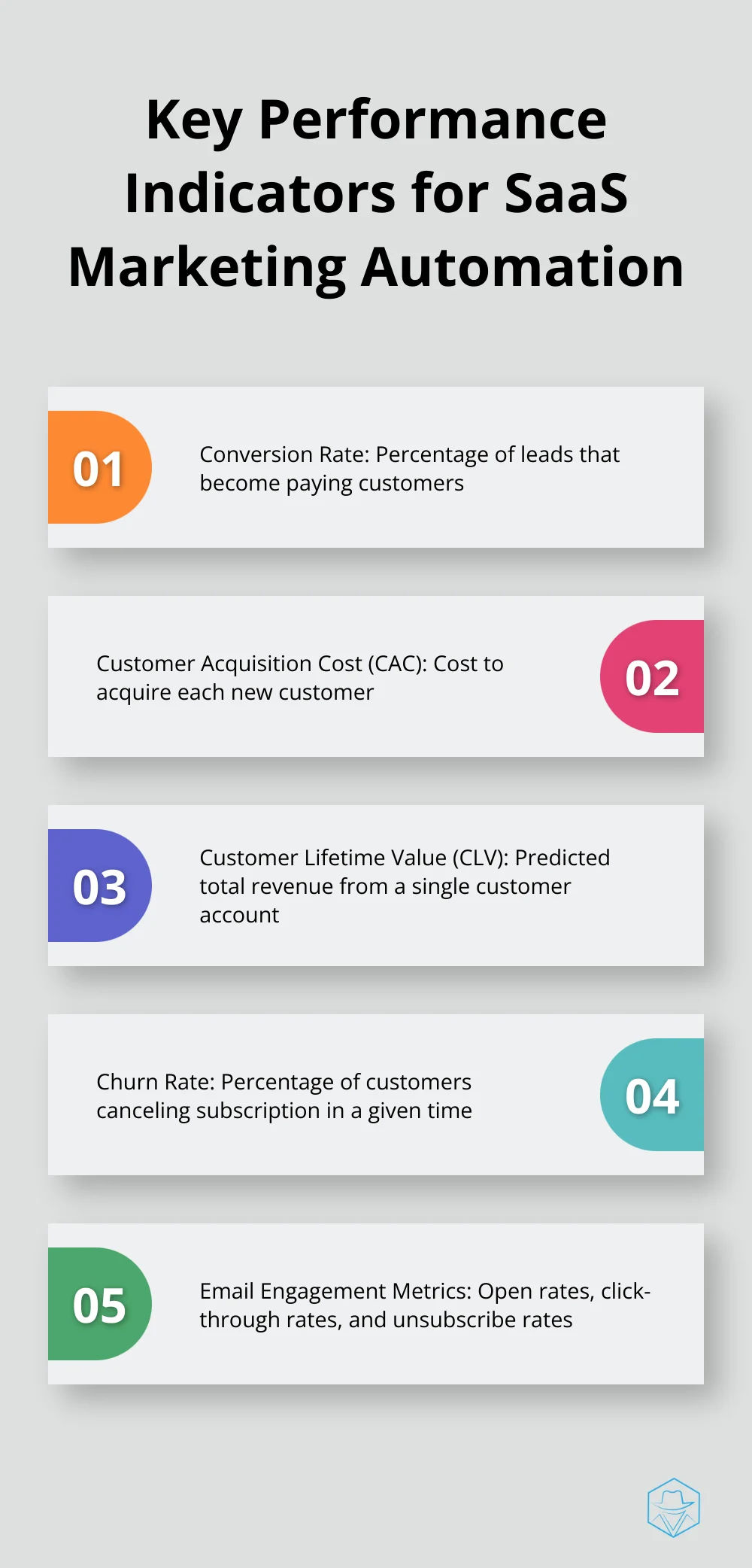
Improve Through A/B Testing
A/B testing optimizes your marketing automation efforts. Here’s how to do it effectively:
- Test One Variable at a Time: Isolate one element (e.g., email subject lines, call-to-action buttons, or landing page designs) to get clear results.
- Use a Large Enough Sample Size: Ensure statistical significance by testing with a substantial audience. VWO suggests a minimum sample size of 1000 visitors per variation.
- Run Tests for an Adequate Duration: Allow enough time for meaningful data collection. HubSpot recommends running tests for at least two weeks.
- Act on Your Results: Once you have statistically significant results, implement the winning variation and move on to testing the next element.
Integrate Automation with CRM and Analytics
Integrating your marketing automation platform with your CRM and analytics tools provides a holistic view of your marketing efforts. This integration allows for:
- Better Lead Scoring: Combine behavioral data from your marketing automation platform with customer data in your CRM to create more accurate lead scores.
- Improved Personalization: Access comprehensive customer data to enable hyper-personalized marketing messages.
- More Accurate Reporting: Get a complete picture of the customer journey, from first touch to closed deal and beyond.
- Streamlined Workflows: Automate data transfer between systems to save time and reduce errors.
Overcome Common Challenges
While implementing marketing automation, you might face several challenges. Here’s how to address them:
- Data Quality Issues: Clean your database regularly and implement data validation rules to ensure high-quality data.
- Lack of Strategy: Develop a clear strategy aligned with your business goals before implementing automation.
- Over-Automation: Balance automated messages with personalized, human interactions to maintain the human touch.
- Compliance Concerns: Stay updated on data protection regulations like GDPR and CCPA. (Platforms like Drop Cowboy provide built-in compliance tools to help navigate these requirements.)
- Skills Gap: Invest in training your team or consider partnering with marketing automation experts to fully leverage your tools.
Final Thoughts
Marketing automation for SaaS has become an essential tool for driving user acquisition and growth. It streamlines repetitive tasks, personalizes user experiences, and provides data-driven insights, which empower SaaS companies to scale their marketing efforts efficiently. The future of SaaS marketing automation will likely involve more AI and machine learning, enabling sophisticated predictive analytics, hyper-personalization, and automated content creation.
SaaS businesses must embrace marketing automation to stay competitive. Companies should assess their current marketing processes and identify areas where automation can have the most impact. Successful implementation of marketing automation requires continuous monitoring of KPIs, conducting A/B tests, and refining strategies based on collected data (this approach positions businesses well to acquire and retain users in an increasingly competitive SaaS landscape).
Drop Cowboy offers innovative solutions for businesses looking to enhance their marketing automation efforts. With features like ringless voicemail, SMS integration, and AI-powered voice cloning, Drop Cowboy can help create personalized, engaging campaigns that drive results. Consider how tools like Drop Cowboy can amplify your efforts and help you achieve your SaaS growth goals as you embark on your marketing automation journey.
blog-dropcowboy-com
Related posts
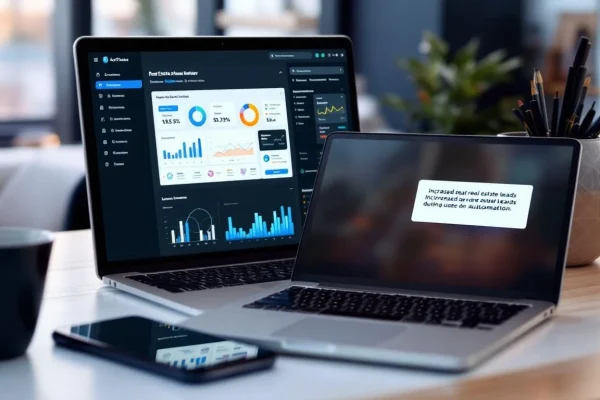
July 20, 2025
Marketing Automation in Real Estate: Increase Leads
Boost leads with real estate marketing automation. Explore strategies and tools to streamline processes and drive success in your property business.

June 6, 2025
Banking CRM Systems: Streamline Customer Interactions
Discover how banking CRM systems streamline customer interactions and boost efficiency with real-world examples and actionable insights.

July 20, 2025
Is EZ Texting Worth It? User Reviews and Insights
Explore EZ Texting reviews to assess its value. Dive into user insights for informed decisions on business communication solutions.

April 17, 2025
How to Find the Best Dropshipping Apps for Shopify
Discover the best dropshipping apps for Shopify. Boost your e-commerce store’s efficiency and profitability with top app recommendations!
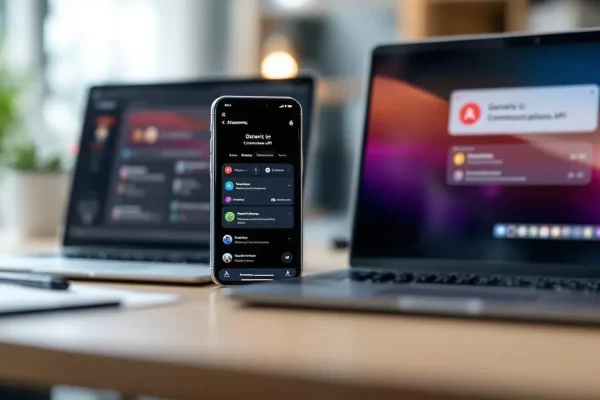
March 18, 2025
Top Twilio Competitors in the Communications API Market
Explore top Twilio competitors in the communications API market. Compare features and find the best alternatives to enhance your communication strategy.
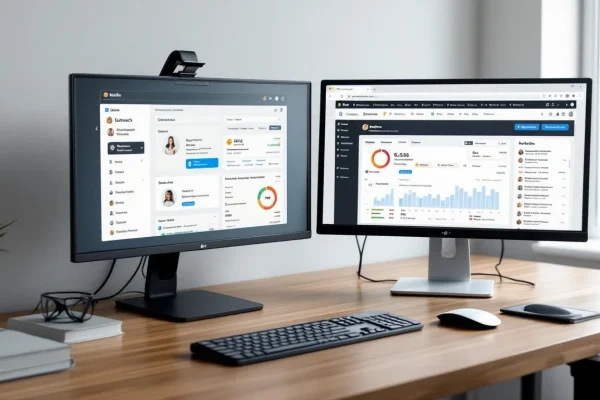
July 20, 2025
Outreach vs HubSpot: Sales Engagement Tools Compared
Compare Outreach vs HubSpot for sales. Find out which tool boosts engagement, efficiency, and results. Explore powerful features and user insights.